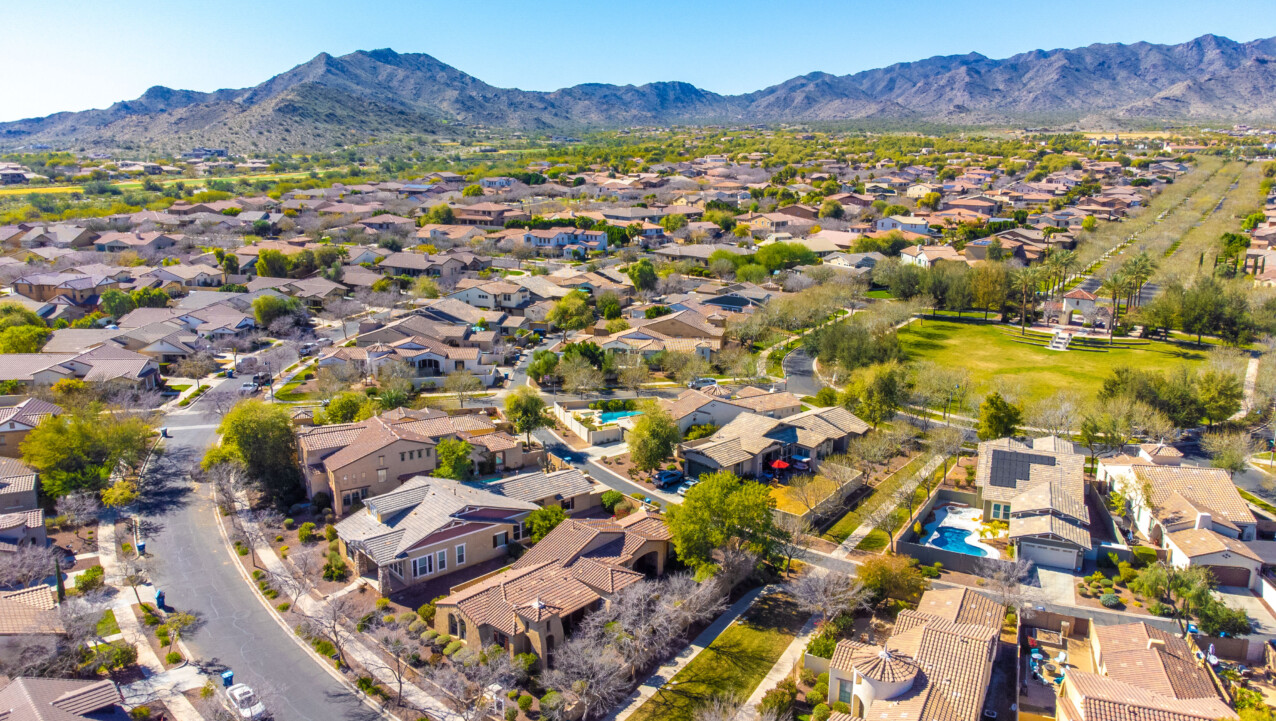January 9, 2024
Arizona utility Salt River Project’s (SRP) is in the process of updating its sustainability goals, which will shape its overall environmental impact over the coming decade. Now is a critical time to influence these important goals.
SRP assembled a Sustainability Advisory Group to provide feedback and technical input on the utility’s 2035 Corporate Sustainability Goals. Experts from WRA, other environmental organizations, local governments, renewable energy trade organizations, and large companies participate in this working group.
Urgent action is necessary to effectively influence SRP’s future sustainability goals. SRP’s Strategic Planning Committee will review and discuss the proposed goals in February, and the utility’s full Board will vote on the goals in March.
As the second-largest electric utility in Arizona, SRP has one of the weakest plans among utilities in the West to reduce its greenhouse gas emissions. An 80% reduction in total greenhouse gas emissions by 2030 is the industry standard under the Paris Agreement. SRP’s proposed intensity-based goal of 75% greenhouse gas reduction per megawatt-hour by 2035 falls far short of this standard. We’ll talk further about how intensity-based goals are problematic and don’t result in the changes needed for clean air. Larger utilities in the region, such as Xcel Energy in Colorado, have plans to reduce climate pollution by more than 80% by 2030. In addition, SRP is the only major utility in the West with no plan to transition away from expensive and highly polluting coal plants.
During this process, Salt River Project has the opportunity to adopt stronger decarbonization plans to benefit the health and livelihoods of Arizonans that we cannot afford to squander.

Based on the EPA and WRA’s data, we estimate SRP emitted 14.8 million tons of carbon pollution in 2022, making it a significant contributor to pollution in Arizona and across the West. Because of this, SRP can play a critical leadership role in fighting climate change in our region. By strengthening its sustainability goals, SRP can step into a leadership role and demonstrate a commitment to the health and wellbeing of its customers.
Further, it’s time to update SRP’s Generation Carbon target from an intensity- based standard to a mass-based goal. SRP’s existing goal is to reduce carbon pollution per megawatt-hour (MWh) generated, rather than to reduce total tons of carbon pollution.
What exactly does this mean? Picture a rapidly growing city. As more people arrive, the amount of energy needed rises, so utilities like SRP provide more MWh of electricity, which can come from clean or polluting energy sources. If SRP set a mass-based (or absolute) goal to reduce its greenhouse gas emissions 80% by 2030, that cap would apply to its system regardless of how many new people arrive. Meaning that despite how much the population grows or how much the demand for energy increases, SRP remains committed to reducing its total amount of greenhouse gas emissions.
But with an intensity-based metric, emissions are measured relative to a specific unit, typically megawatt-hours. SRP’s current carbon emissions reduction goal is to reduce the carbon dioxide emitted per MWh of electricity generated by 65% by 2035, as compared to 2005 levels. This means that SRP would reduce its emissions by 65% for each unit of electricity generated. But, if overall demand for electricity grows, the utility’s total amount of emissions can still grow. This intensity-based goal obscures the true task at hand, which is to reduce the total tons of greenhouse gas pollution entering the atmosphere. SRP’s Integrated System Plan released in October 2023 predicts significant increases in the total number of megawatt-hours it will generate. By obscuring the growth rate and total cumulative impact of millions of tons of emissions annually, intensity-based metrics present a misleadingly rosy picture of SRP’s climate impact.
Depending on how much SRP increases its delivered megawatt-hours over the next decade, it would be possible for SRP to achieve its intensity-based goal while still increasing its total emissions. This is antithetical to the urgent need to reduce carbon pollution from the power sector 80% by 2030 and will have a devastating impact on Arizonan’s health, air quality, local economy, water supplies, while also keeping high-cost fossil fuel power plants online.
All Arizonans deserve cleaner air. Mass-based metrics are the best method to measure how many tons of carbon pollution are pumped into the atmosphere. We can’t fight climate change without reducing the total tons of carbon emitted from the power sector. WRA is committed to working with SRP staff and board, legislators, city and county officials, business leaders, conservation allies and grassroots organizations to help make SRP’s Corporate Sustainability Goals as strong and effective as possible.
Is SRP your local utility? You can make your voice heard.
As an SRP customer, you have a unique opportunity to shape SRP’s role in the clean energy transition. We’ve drafted the note below for you to send as a public comment to SRP. You can simply enter your information and hit send or use the text box to personalize your comment.




